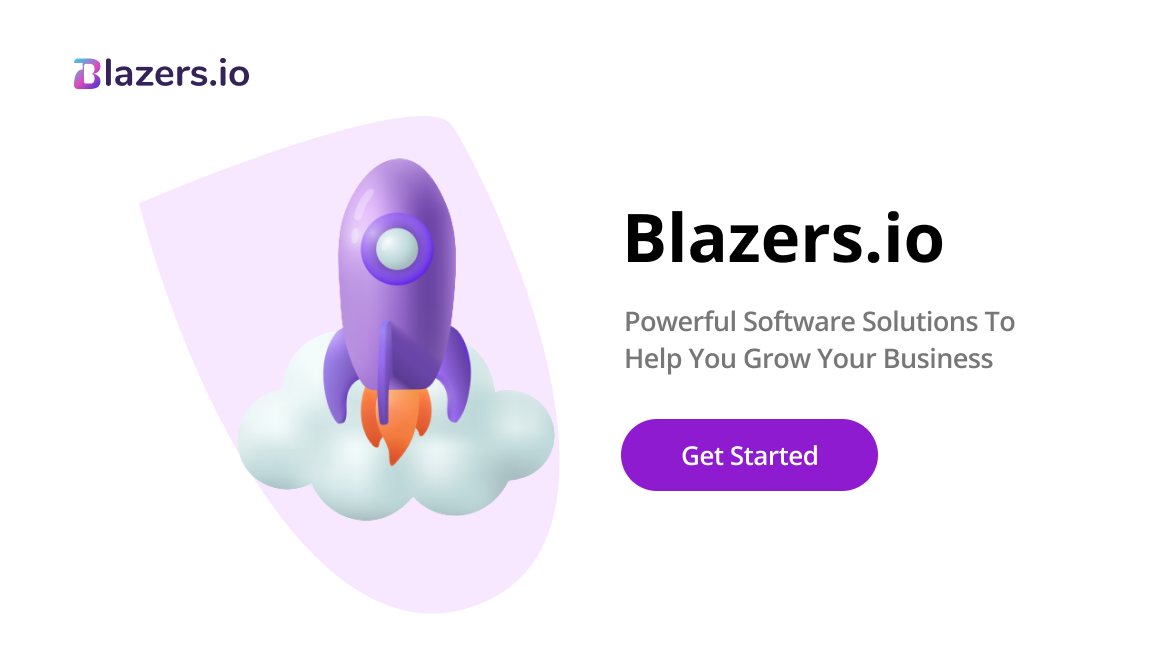Published at comparison by Sael
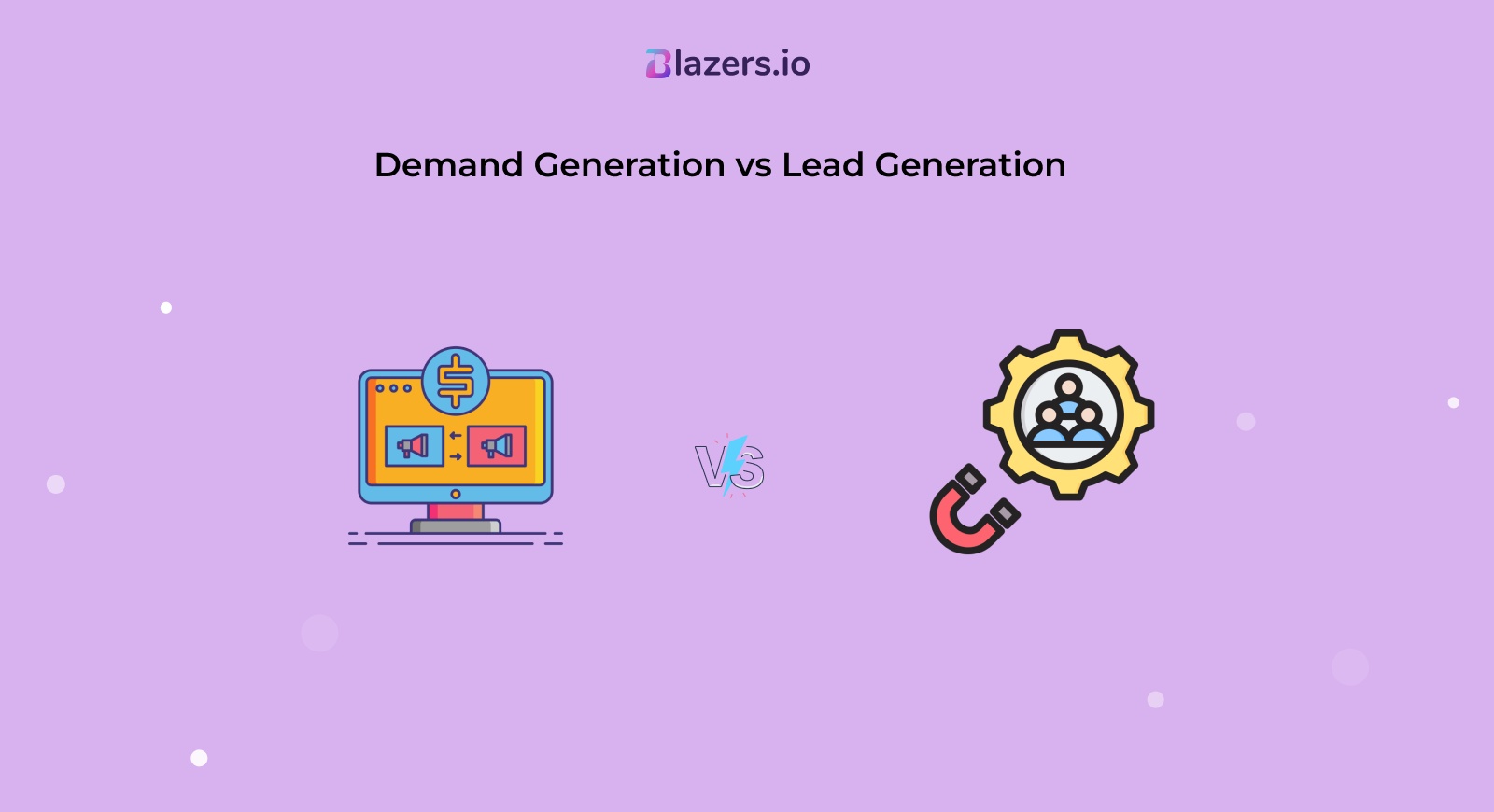
Demand Generation vs Lead Generation: Which is a Better Choice (2023)
Published at comparison by Sael
A business measures its success through its sales and profit. However, the sales and profit occur only with the "Customers." Customers must be interested in your product and buy it from the business. It completes a cycle.
The term Demand generation vs Lead generation eventually targets the end customer. Let's read this blog to understand the demand generation and lead generation and which is a better choice for your business.
Table of Contents
- What is Demand Generation
- Benefits of Demand Generation
- Demand Generation strategies
3.1. Blogging
3.2. Email Marketing
3.3. Videos and Podcasts
3.4. PR Campaigns
3.5. Sweepstakes and contests - Considerations for Demand Generation
- What is Lead Generation
- Benefits of Lead Generation
- Lead Generation Strategies
7.1. Enhance Lead Generation Landing Pages
7.2. Optimize Lead Generation Forms
7.3. Facilitate Live Chat Interactions
7.4. Boost your SEO - Considerations for Lead Generation
- Which one is better- Demand Generation vs Lead Generation
- Conclusion
1. What is Demand Generation
"The process of expanding your company's market reach and inspiring customers about your offerings is called demand generation. The process makes people more aware of your business, teaches them, and builds trust. Blogging and generating tools for your audience to assist them achieve is a typical technique to employ demand generation to generate audience attention."
So, there is a difference between, Demand generation vs Lead generation.

2. Benefits of Demand Generation
There are numerous benefits of Demand generation.
The most significant is that it facilitates the acquisition of new clients. This can be done by creating interest in your product or service. You can pique the interest of people unaware of your business.
Your customers want to create a market for your business. So, the next benefit is that it enhances your understanding of your customer needs. Use this information to tailor your products/services to confidently meet your customers' unique needs.
This marketing can make you associate with your customers easily. In turn, the long-term relationship with the customer increases.
3. Demand Generation strategies
These are the demand generation strategies:
3.1. Blogging
Blogging is the typical marketing technique of demand generation. It helps you to be known in the online market, draw interest in your target audience, and establish trust.
When it comes to blogging, it is vital to understand the customers' problems or pain points and provide solutions to them using the blogs. You can establish yourself as a specialist figure by sharing your knowledge and resolving people's issues.
So, when a customer is experiencing an issue, he would look to you for the solution. Therefore, blogging assists in demand generation. It helps in brand awareness. Also, the customers would be aware of your content and solutions.

This might not work in lead generation. So, there is a slight difference between Demand generation vs Lead generation.
3.2. Email Marketing
Email marketing - the backbone of any successful demand-generation strategy. Here, the main idea is to make people remember our brand and provide them with relevant content in their inboxes. You can send newsletters with informative content, e-books regarding your products, etc. So, the customer will get back to you for those products.
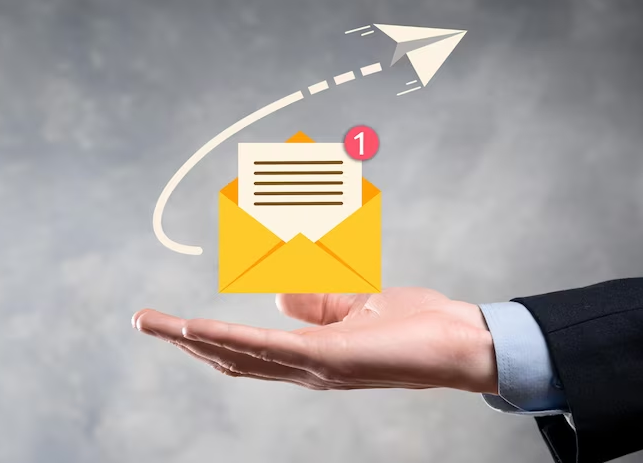
3.3. Videos and Podcasts
The customers would engage and consume content easily through videos and podcasts. Videos and podcasts would help cultivate a rapport with prospective clients.
Incorporate videos and podcasts in your digital marketing, including social media and email campaigns. They enhance your content and connect you with your audience. Lead generation would be an easy task with this method.

3.4. PR Campaigns
Public relations efforts are an effective strategy to get people talking about your business. They can spread the word about your company and get people to visit your website.
If you want to get leads, make sure your PR efforts for demand generation are full of helpful information. It would help if you didn't start a PR effort unless you have something to draw attention to. The PR newswires will no longer accept you with seriousness.
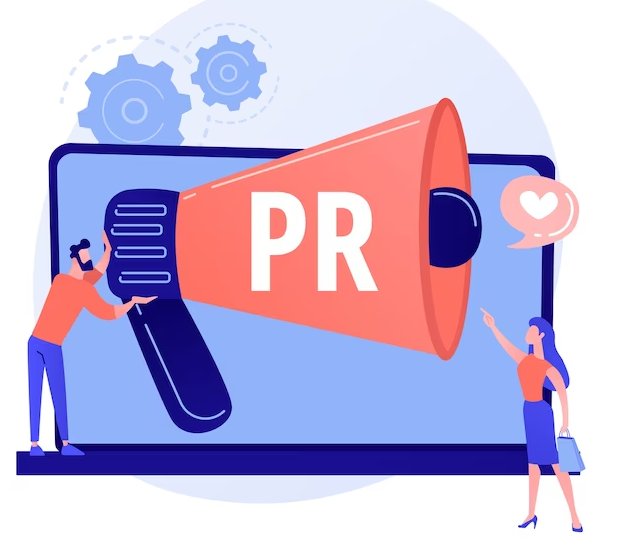
3.5. Sweepstakes and contests
You can also get people to buy by holding games and sweepstakes. You can use them to get the attention of your ideal customers and get people excited about your product or service. The main problem with this is that it can lead people who aren't interested in your business to sign up just to get free stuff.
Example: You can get people to enter your sweepstakes or game by advertising them on social media or through email marketing. To successfully achieve your goal, it is essential to offer a prize that your target audience will unquestionably value.

4. Considerations for Demand Generation
- Long-Term Investment: Demand generation is a long-term strategy that builds brand recognition and trust. It may not yield immediate, measurable results. Be prepared for a more extended timeline before you see a significant impact on revenue.
- Content Strategy: A robust content marketing strategy is essential for demand generation. To achieve your goals, it is important to consistently produce top-notch content that educates, informs, and captivates your intended audience. This includes blog posts, videos, infographics, and other forms of content.
- Audience Segmentation: Understanding your target audience's needs and preferences is crucial. You should segment your audience and tailor your content and messaging to different customer personas.
- Measuring Brand Metrics: In demand generation, metrics like brand awareness, website traffic, social media engagement, and content consumption are essential. These metrics help gauge the effectiveness of your efforts in building a solid brand presence.
- Nurturing Relationships: Demand generation is about building long-term relationships with potential customers. Focus on engagement, interaction, and providing value to your audience, even if they're still waiting to buy.
- Content Distribution: An effective distribution strategy is vital. To communicate clearly, consider your audience's needs and use everyday language. Use multiple marketing channels like social media, email, SEO, and paid ads to boost brand visibility and engagement, leading to better market penetration and conversion rates.
- Consistency: Consistency in branding, messaging, and content delivery is critical to establishing trust and recognition. Align your content with your brand's identity and values. Please review the text for any potential spelling, grammar, or punctuation mistakes and make the necessary corrections.
5. What is Lead Generation
Lead generation involves increasing the audience's curiosity about your business offerings. The ultimate goal is to convert them from your prospective customers to customers.
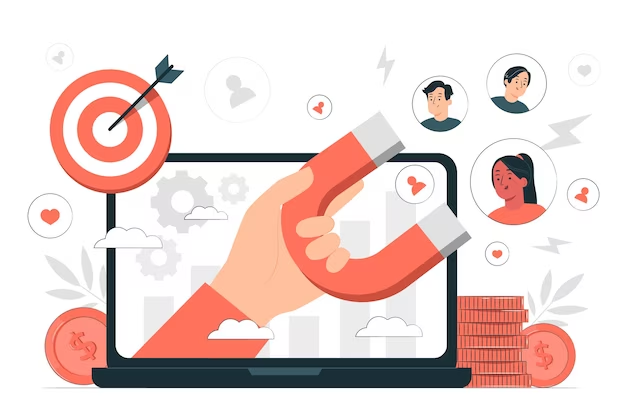
Let us analyze the different benefits of demand generation vs lead generation.
6. Benefits of Lead Generation
There are numerous benefits of Lead Generation:
- Expand your client base: Lead generation might reveal new customer niches. Lead generation helps target customers to produce leads of a higher calibre, meaning that they have a higher chance of becoming clients.
- Increase your bottom line: Effective lead generation lets you focus on revenue-building initiatives like turning prospects into paying clients or cross-selling.
7. Lead Generation Strategies
7.1. Enhance Lead Generation Landing Pages
Lead generation landing pages transform prospects into leads. They encourage consumers to share their information to show their trust in your brand or content.
Improving landing page optimization helps boost traffic and conversions.
Some best practices:
- Communicate value clearly: Explain how sharing details benefits users.
- Social proof: Use consumer logos, testimonials, and ratings to build trust.
- Build trust: Explain how you'll use and secure user data.
- Give outstanding mobile experiences: Ensure every device can access and utilize your landing page.
- The message "thank you" is to inform contributors of the next steps.
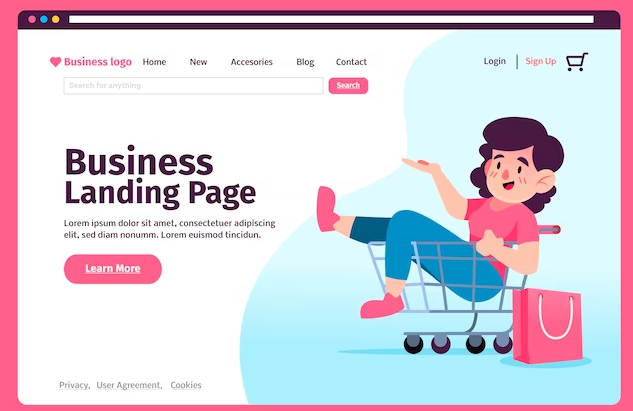
7.2. Optimize Lead Generation Forms
Lead generation forms gather prospect data. They're often the last step in lead-generating campaigns. Therefore, they must be perfect. First, decide what data to collect. Finding the correct submission quantity and quality is critical.
Users can complete simple forms quickly and easily. They can, therefore, raise your conversion rate.
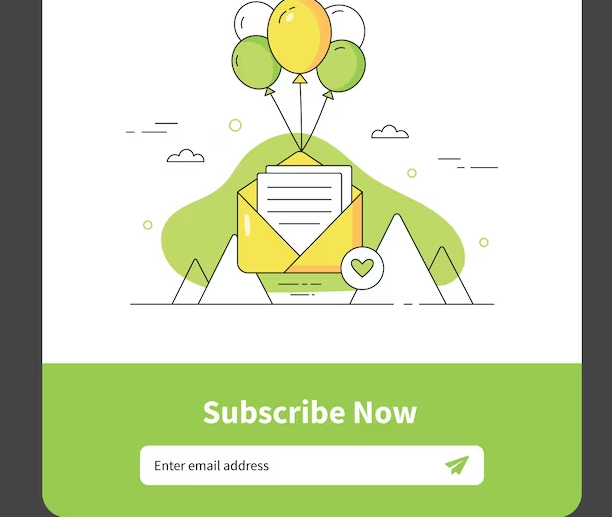
7.3. Facilitate Live Chat Interactions
When people are on your site, live chat makes it easy for them to ask questions about your products or assistance. As a result, individuals are less inclined to give up when they cannot locate the necessary information.
Additionally, lead data may be captured via live chat.

7.4. Boost your SEO
SEO helps you get and keep high scores on relevant search engine results pages (SERPs) without paying for them. As part of your lead plan, this can help bring people to pages you chose to be more critical.
It also gives you an edge over other people. You'll likely get clicks away from your competitors if you rank high for specific keywords.
There are many more strategies. This blog mentions them in detail - Effective B2B Lead Generation Strategies to Boost ROI.
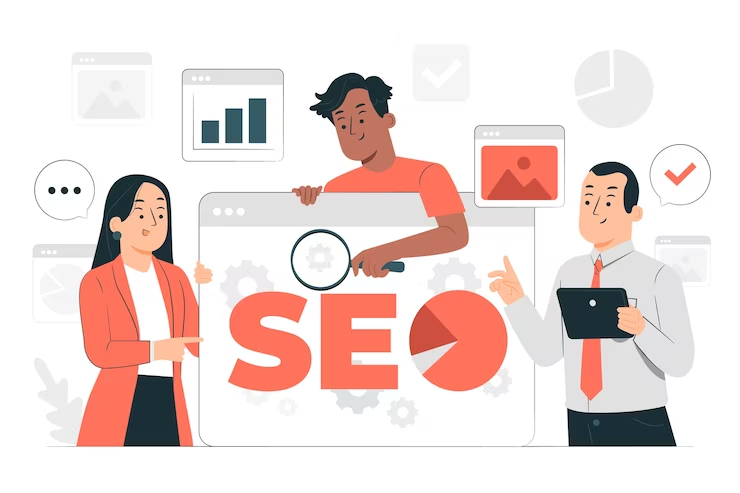
8. Considerations for Lead Generation
It is important to get the considerations of demand generation vs lead generation.
- Immediate ROI: Lead generation typically targets prospects who are closer to making a purchase decision. Consequently, you can expect a quicker return on investment (ROI) than demand generation.
- Lead Quality: Not all leads are equal. By implementing lead scoring and qualification processes, you can confidently identify high-quality leads with a more significant potential for customer conversion. This helps your sales team prioritize their efforts effectively.
- Alignment between Sales and Marketing: Successful lead generation requires strong collaboration between your marketing and sales teams. Ensure that there is a straightforward process for passing leads from marketing to sales and that both groups understand lead criteria and goals.
- Lead Nurturing: After capturing leads, it's crucial to have a lead nurturing strategy in place. Use email marketing, personalized content, and marketing automation to keep leads engaged and guide them through the buyer's journey.
- Data Privacy and Compliance: Be mindful of data privacy regulations (e.g., GDPR or CCPA) when collecting and using customer data. Ensure that your lead generation practices are compliant with these laws.
- Conversion Optimization: Analyse and optimize your lead capture forms, landing pages, and CTAs to improve conversion rates. With A/B testing, you can compare two versions and see which one produces the best results. It's a great way to confidently figure out what works and what doesn't.
- Lead Attribution: Create accurate lead attribution models to measure lead generation effectiveness. Determine which marketing channels and campaigns are driving the most conversions.
- Scaling: As your business grows, you may need to scale your lead generation efforts. Expanding your advertising budget, increasing the size of your sales and marketing teams, or adopting new technologies can greatly enhance your business growth.
Now, it is important to understand the difference between Demand generation vs Lead generation.
9. Which one is better- Demand Generation vs Lead Generation
Your business situation determines the choice between demand generation and lead generation:
• If you're just starting with your business or a new product, demand generation may be more important to get people to know about you and your company.
• If you already have a big following and a business that has been around for a while, it might make more sense to focus on lead generation to turn attention into leads and sales.
In many situations, demand generation vs lead generation, the best method is a balanced one that uses parts of both strategies. Start by creating demand to get people to know about your business. Then, use lead creation strategies to find and nurture leads that could become customers. Which one you choose should depend on your business and marketing goals, the resources you have, and where you are in the customer acquisition process.
10. Conclusion
Demand generation vs Lead generation are two distinct marketing strategies and sales plans. Picking a strategy can be challenging because you have to think about your business's goals, resources, and target group. Also, remember that a balanced approach that uses parts of both strategies often works best.





